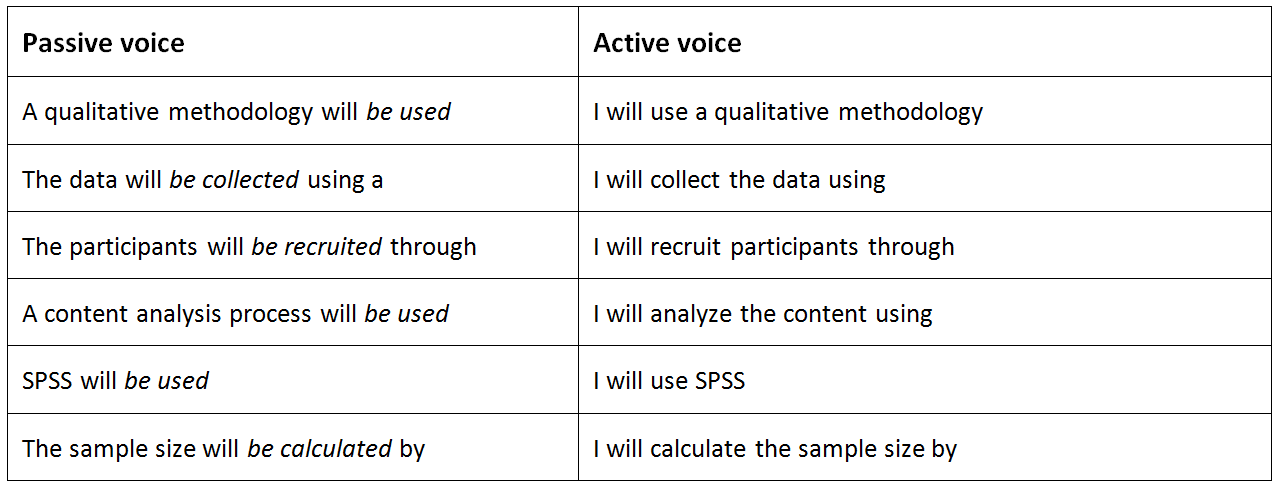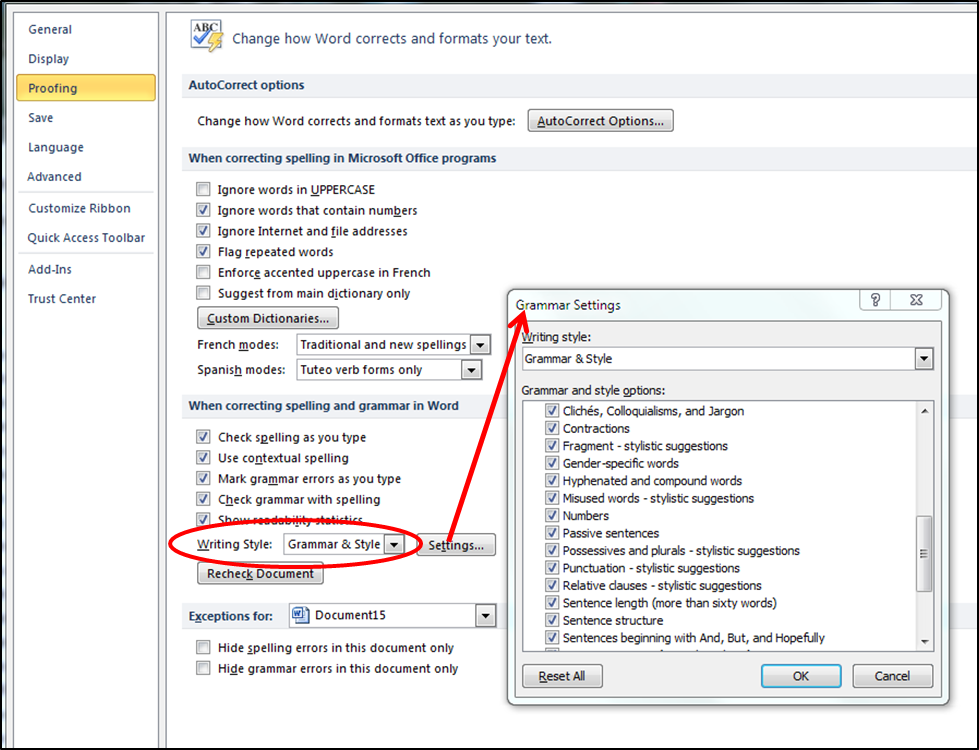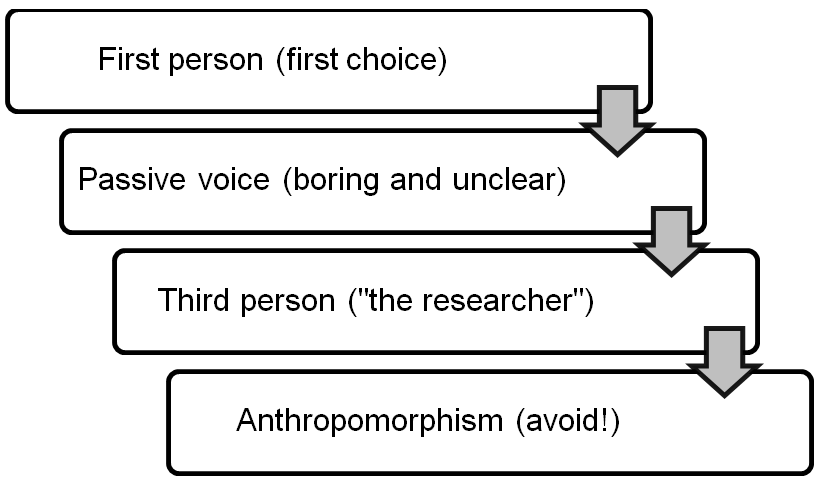What is passive voice?
Passive voice is a writing style of arranging the subject and verb so that the action is not active. Often a telltale signal is the appearance of some form of the verb to be: for example, am, is, was, were, and been. Another sign of passive voice is the phrase by the.
Here are some examples:
Passive voice: The data were collected with a survey
Passive voice: A survey was used to collect the data.
Passive voice: The students were taught to read.
Passive voice: The lesson was taught by the teacher.
Passive voice follows an object-verb pattern. The subject is implied (but often unclear). For example, when you write the data were collected, the reader assumes that you, the researcher, collected the data. However, that isn’t always the case—for example, maybe you are using secondary data (data someone else actually collected).
What is active voice?
In contrast to passive voice, active voice follows a subject-verb-object pattern (e.g., I collected the data). Active voice energizes your writing and improves clarity. Here are some examples of active voice:
Active voice: I collected the data with a survey.
Active voice: I used a survey to collect the data.
Active voice: A survey collected the data.*
Active voice: The teachers taught the students to read.
Active voice: The students learned to read.
Active voice: Teachers helped the students learn to read.
Active voice: The teacher presented the lesson.
*But see my blogpost on avoiding anthropomorphism.
APA style guidelines on passive voice
The authors of the APA style manual prefer we just come right out and say it: I collected the data. They suggest we boldly claim our role as researchers by proudly using first person (see APA 6th ed., sections 3.09 and 3.18). However, some reviewers will go ballistic if they see that tiny but toxic word “I” (see my blogpost on using first person). I think this tendency is easing somewhat, especially for qualitative dissertators at nontraditional institutions.
On the other hand, some reviewers will have a cow if they see even a hint of passive voice. Argh! It seems we can’t win. Many reviewers, especially at traditional institutions, believe first person lacks objectivity or scholarliness. In my opinion, the best writing uses an artful combination of both, but your proposal approval depends on the proclivities and preferences of the people who review your proposal, not some nameless faceless APA authors (or me). I recommend you ask your Chair and Committee members what they want to see, before you invest hours changing all your instances of passive voice to first person, just because APA or I said you should.
If you are going to use first person voice anywhere, it should be in Chapter 3, your methodology chapter. You, after all, are the one doing the research. It makes sense that you would claim ownership of your plan and use first person. If you read your chapter aloud and get the feeling that some unidentified researcher is planning this study, you are probably using too much passive voice.
The table below shows some examples of phrases you might not have caught. Future tense is appropriate for your proposal or prospectus. After you have completed your project, you will revise to past tense.

If you are concerned about using too much passive voice, set your Word options to flag all instances of passive voice in your Word document.

The APA style dilemma
If you aren’t allowed to use first person AND you’ve been told to avoid passive voice, what can you do? Normally, I would say your next best option is to employ anthropomorphism: for example, the survey collected…, the paper discusses…, the study explored… However, if you must comply with APA style guidelines, this option won’t work. Chicago style users present papers rife with anthropomorphism, but the standards are different for those of us who follow APA style. See my blogposts on avoiding anthropomorphism and using first person.
For APA users, your next best option is to use third person, which means referring to yourself as the researcher. You’ve probably seen this awkward construct before in other researchers’ work and wondered, what the heck? Yep. If our reviewers will not allow us to use first person, that is what we get. Remember, always check with your Chair, Committee members, and other reviewers to make sure they accept first person. You can bolster your case for using first person by referring them to sections 3.09 and 3.18 in the sixth edition of the APA publication manual.
For APA users, here is the hierarchy:

Don’t let passive voice sap the energy from your writing. Even scholarly writing can be engaging and vital with the judicious use of first person and active voice. Be brave! Keep practicing! Every day is a new chance to own your research by using that short but powerful personal pronoun, “I.”
Sources
American Psychological Association (APA). (2010). Publication manual of the American Psychological Association. Washington, D.C.: Author.
Angeli, E., Wagner, J., Lawrick, E., Moore, K., Anderson, M., Soderlund, L., & Brizee, A. (2010, May 5). General format. Retrieved from http://owl.english.purdue.edu/owl/resource/560/01/https://owl.english.purdue.edu/owl/resource/560/01/


